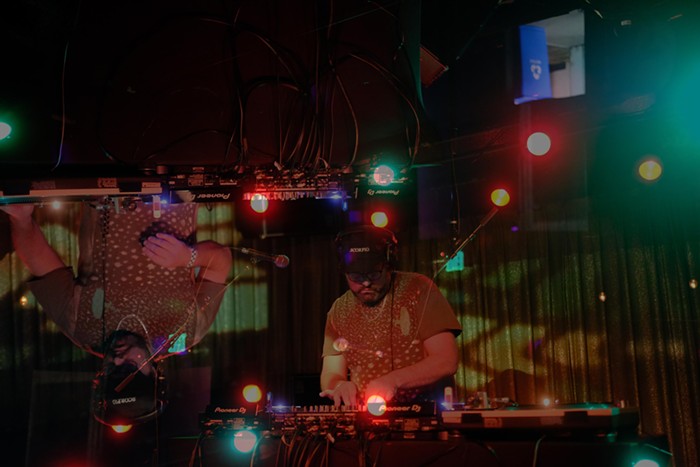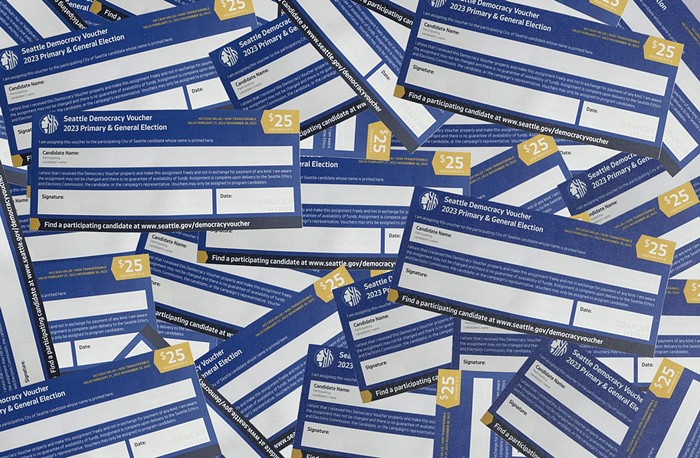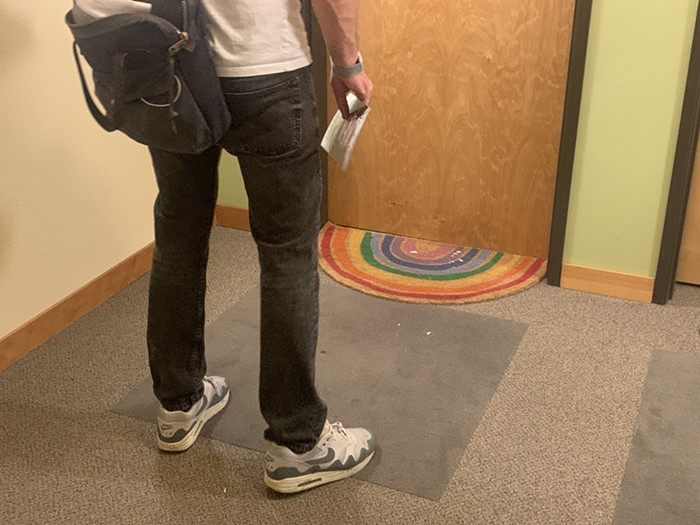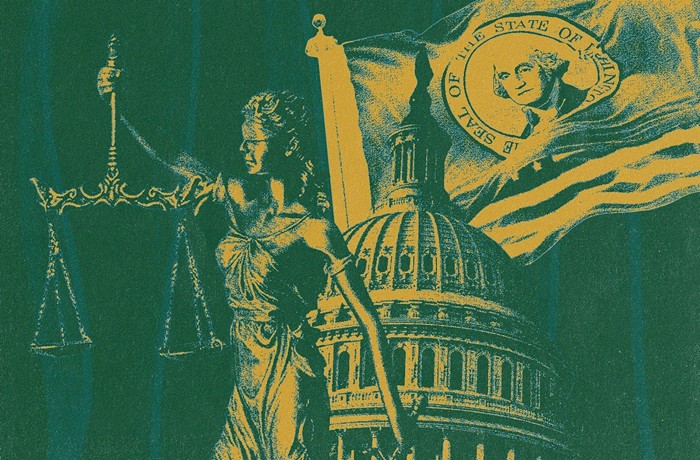Although the Symphony has one major concert left in its season--a "Pops" evening featuring a performance of Victor Borge (a crowd-pleasing afterthought if there ever was one), the choice of the Requiem is a curious one. Compared with the tradition of sacred music that precedes it, the piece is an anomaly: Verdi's Requiem is a response to death, rather than a commemoration of it. Its focus expression is an argumentative shout rather than a reverent supplication. While at times somber, the piece is utterly lacking in humility, and massively defiant in a nationalistic sense, fitting the mourning of a country or even a planet. Unless one has had a recent brush with a personal tragedy, Verdi's Requiem may be among the last pieces anyone would want to hear on a June afternoon following brunch at Cafe Campagne. It was no small coincidence then that this particular performance was aided by no less a great force than nature, exposing itself in the pearline gray of an afternoon sky bent on weeping just for the occasion.
The challenge in performing the piece is to seduce listeners into its plaints and meditations without diluting its operatic aspiration or personal vision. The principle vocalists--Alessandra Marc (soprano), Florance Quivar (mezzo soprano), Vinson Cole (tenor), and Eric Owens (bass)--were beautiful aids in achieving this balance. As soloists and in combinations, the four were almost perfectly matched. While Alessandra Marc seemed to be the anchor holding the piece's tempestuous emotions in place, I was particularly moved by Vinson Cole's tenor, wishing that his solo turn during the passage "Qui Mariam absolvisti" were slower and more deliberate. By the end of the Requiem I could hear audience members stifling the desire to hum along during the hymn "Agnus Dei." This inadvertent humming was proof that Gerard Schwarz and the Seattle Symphony had richly realized their seductive goal.


















